Last week we brought you Farman, Part 1, the aeronautical side of the French Farman firm. This week, Gijsbert-Paul Berk tells us the brief but upper crust history of the Farman automobile.
Story by Gijsbert-Paul Berk
In October 1919 at the Salon de l’Automobile in Paris the Farman company presented its first motor cars; a landaulet bodied by Kellner and a bare chassis. Their objective was “to build an automobile “that was absolutely perfect in every detail”. The A6 prototypes on their exhibition stand were indeed magnificently finished.
They were equipped with 6-liter six-in-line engines with a single overhead camshaft that was driven by a vertical shaft and bevel gears. This system also drove the cooling fan. The valve arrangement in the cylinder head resembled that of the famous Hispano-Suiza aircraft engines, designed in 1913 by it Chief engineer Marc Birkigt.
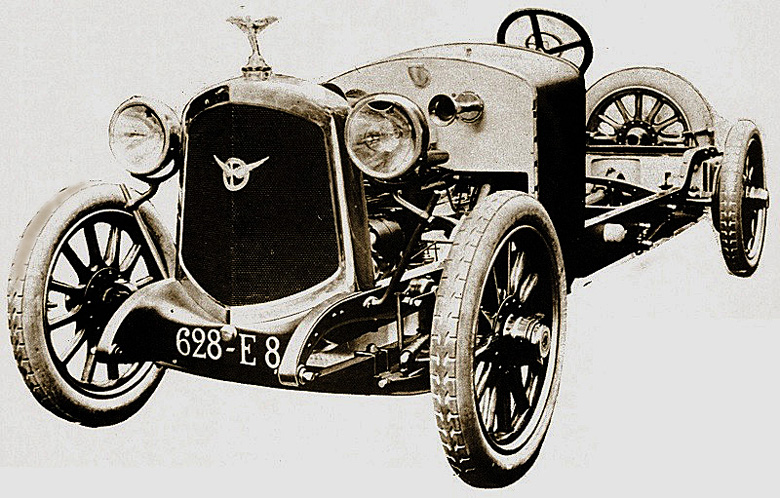
About a year after the Paris Motor Show the first Farman production chassis were delivered to clients and coachbuilders. One of the main improvements was installation of servo-assisted brakes on all four wheels.
The cylinder block was unusual because it had separate steel cylinders within a welded sheet steel water jacket, but the engines of the later ’Sport’ chassis had a cast light alloy ‘Alpax’ block. This equipped eventually all Farmans.
These engines were rated 40 CV (Chevaux Vapeur = French Fiscal Horspower). Farman claimed 200 that they produced 200 Hp But their effective power output was approximately 108 bhp at 1800 rpm. The chassis was a conventional ladder frame with leaf springs for the suspension. However, Farman obtained a substantial weight savings by using in the construction of the chassis steel stampings and forgings instead of iron castings.
Farmans were expensive luxury cars competing directly with makes such as Rolls-Royce, Hispano –Suiza, Isotta Fraschini and Minerva. One of their publicity slogans was: ‘Une voiture roule, une Farman glisse: ‘A car rols, a Farman glides.’
A famous sculpture inspired Henri Farman
There is an endearing story about the radiator mascot chosen in 1919 to enhance the first Farman cars. In those days radiator mascots played an important part in establishing the ‘brand image’ of luxury cars.
Since 1911 Rolls Royce cars sported on their bonnet the elegant ‘Spirit of Ecstasy’ or ‘Flying Lady’, sculptured by Charles Robinson Sykes at the request of the editor of the British magazine The Car Illustrated, John Walter Scott-Montagu, to use on his personal Rolls. Rumor is that the lady who posed for this sculpture was his secretary and secret lover Eleanor Thornton.
After 1918 Hispano–Suiza. adopted the Stork emblem of the French WWI fighter squadron (Escadrille N.3) made famous by the war hero Georges Guynemer, who won most of his air battles flying Hispano-Suiza powered aircraft.
Belgium Minerva automobiles were equipped with a mascot resembling the helmed head of the respected Roman goddess of wisdom. And Voisins had the typical minimalist and Art Deco aluminum ’Cocotte’ designed by Gabriel Voisin himself as a sort of joke.
The radiator emblem of the Farman automobiles is in fact a miniature of the large ‘Icarus’ monument at the Place de la Passerelle in St-Cloud, commemorating the achievements of another pioneer aviator, the Brazilian Alberto Santos-Dumont. The five-meter-high bronze statue shows a human figure with large wings, the work of the French sculptor Georges Colin. Officially named ‘La conquête de l’Air’ (Conquest of the Air), it, was inaugurated in 1913 and Henri Farman was invited to attend the event. He was immediately impressed by the symbol and felt it honored him as well. So, when the Farman team began designing their first automobile he asked Georges Colin and his foundry Contenot & Lelièvre to cast a number of small versions as radiator caps.
It is quite well possible that Santos-Dumont inspired Henri and Maurice Farman during their early exploits. In 1905 Santos-Dumont, already a celebrity as a balloonist, decided to design and build his own fixed-wing aircraft, powered by an 18 kW (24 hp) Antoinette v8 engine.
On 23 October 1906, he flew his machine, named the ‘Quatorze-bis’ (14-bis) and also known as ‘Oiseau de proie’ (bird of prey) over a distance of 60 meters (197 ft) at a height of about five meters (16 ft) at a field near the Château de Bagatelle (in the Bois de Boulogne, Paris). The event was witnessed by a large and enthusiastic crowd and it was the first time that the Aéro-Club de France officially timed and certified a flight of a powered heavier-than-air machine over a distance of more than 25 meters. Santos-Dumont won the 1906 Deutsch-Archdeacon prize for his accomplishment.
The surprising 1923 Farman Aerodynamic prototypes.
In 1922 or early 1923 Farman build two prototypes of a sports car. The company intended to compete with these machines in short distance speed contests and hill climbs. Both cars had a similar chassis frame, but one had an open two-seater body and the other was an aerodynamic four-passenger sedan. The unusual shape of the latter attracted at the time a lot of attention in the media.
Both bodies were designed by Farman’s in house (aviation) engineers. Therefore, the construction followed the technology of their aircraft. This resulted in a relatively low weight (1425 Kg = 3140 Lbs.) and reduced aerodynamic drag. Their coachwork consisted of a skeleton made up from duralumin ribs to which aluminum body panels were riveted.
To get into to the interior of the sedan on had to climb through a door that was partly hinged in the roof; more or less the same way as to enter the cockpit of small passenger planes. In order to facilitate entry though this ‘gull-wing’ door the center portion of the mudguard could be folded backward. The top of the sedan roof was 1,575 m. (5 ft., 2 inch) above the road, quite low by the standards of those days. The wheelbase was 20 % shorter than that of Farman’s normal A6A production chassis.
Sources: A detailed description of this car was published in the magazines; The Autocar of 13 March 1923 and Automotive Industries of 22 March 1923. And of course, in the above mentioned Farman book.
The Maharajah’s toy, a Farman A6B Super Sport Torpedo (Photos courtesy Sotheby’s)
HRH the Maharajah Sir Daulat Singh acquired his Farman A6B Super Sport in 1921. He was then the hereditary ruler of the princely state of Idar (India) and used the open torpedo mainly for touring with members of his family and tiger hunting.
In due course, he gave the car as a present to his brother’s father-in-law HH Maharajah Sir Bhom Pal, the ruler of the state of Karauli, in neighboring Rajasthan, who greatly admired its striking silver finish. The gleaming silver effect was in those days achieved by mixing clear varnish with fish scales. In 1967 the Classic Rolls-Royce specialist and treasure hunter a John Fasal discovered the Farman amid a couple of vintage Rolls-Royces in one of the garages of the Karauli Palace. The car was “somewhat derelict but intact”. But it had only 10,802 miles on its clock. Fasal achieved to buy the Farman along with a pair of 20-hp Rolls-Royces. But his efforts to ship the cars from Bombay to Europe took him several years.
When the Farman finally arrived in Europe John Fasal sold it to a German enthusiast by the name of Wolfgang Gawor who had the silver Maharajah car completely restored. This intensive restoration was the subject of a richly illustrated article in the French magazine Automobiles Classiques in 2000. The car remained in Wolfgang Gawor’s collection until his death. Since then the Farman Torpedo has been regularly seen at Concurs d’Elegance and has won several prizes.
The ‘upper crust’
In those days, most rich clients bought a chassis from a manufacturer and then commissioned one of the many well-known coachbuilders to furnish the coachwork they wanted. With their expensive custom- build (bespoke) bodies Farman automobiles belonged to the upper crust as illustrated by this elegant landaulet. Note however, that the dashboard of this car (photo below) has more instruments and gauges than was customary.
Farman introduced a new model in 1927. The NF had a similar chassis as the A6B, but the engine capacity was enlarged to 7 liters. But the world-wide recession, which began in 1929, took a heavy toll from many luxury car makes and in 1931 the Farman brothers had to decide to stop making cars and concentrate all their efforts on designing and producing aircraft. According to reliable sources between 1919 and 1931 around 120 to 130 Farman automobiles had left their factory at Boulogne-Billancourt.
Henri Farman was made a chevalier of the French Légion d’Honneur (Legion of Honor”) in 1919. In 1937, he took the French nationality.
Richard, Henri and Maurice Farman, all retired from their company in 1937 when, to their bitter disappointment, the socialist government under Prime Minister Leon Blum (Popular Front) nationalized the French aircraft industry. The Farman’s company became part of the Société Nationale de Constructions Aeronautiques du Centre (SNCAC), also known as Aérpcentre.
The airline which the Farman brothers founded was eventually incorporated into the company that became Air France.
Maurice Farman returned after WWII to the automobile industry and became 1951 President of Rosengard. But that, as they say, is another story!
Sources: Farman ‘De l’aviation à l’automobile’ by Claude Rouxel, Laurent Firry amd Sébastien Faurès Fustel de Coulanges, Website RM Sotheby’s and Internet.
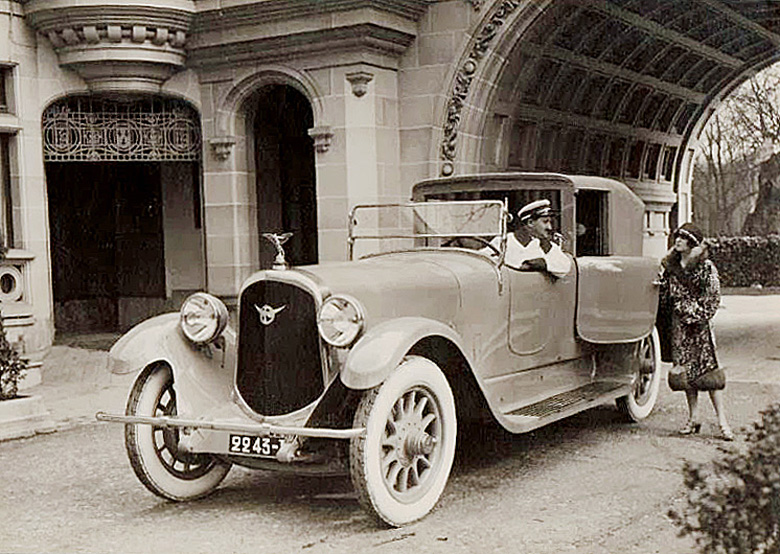
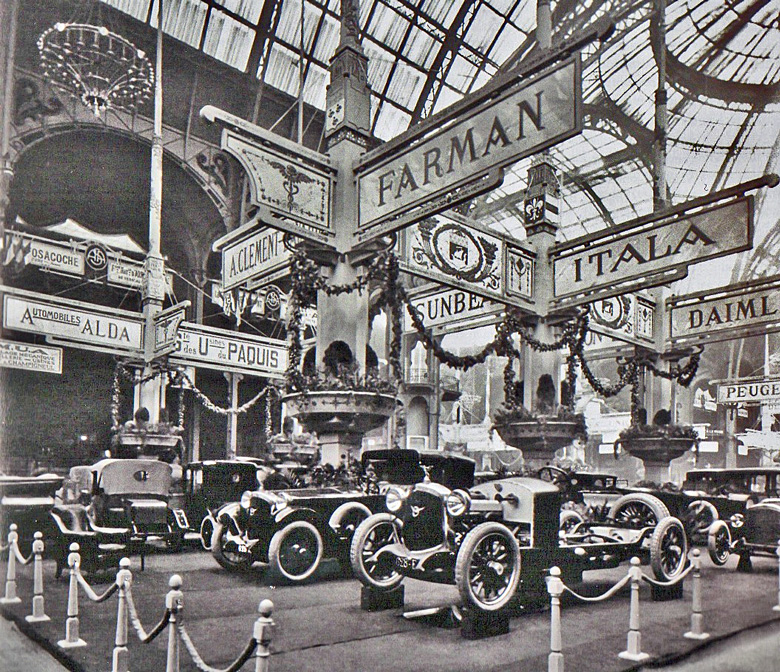
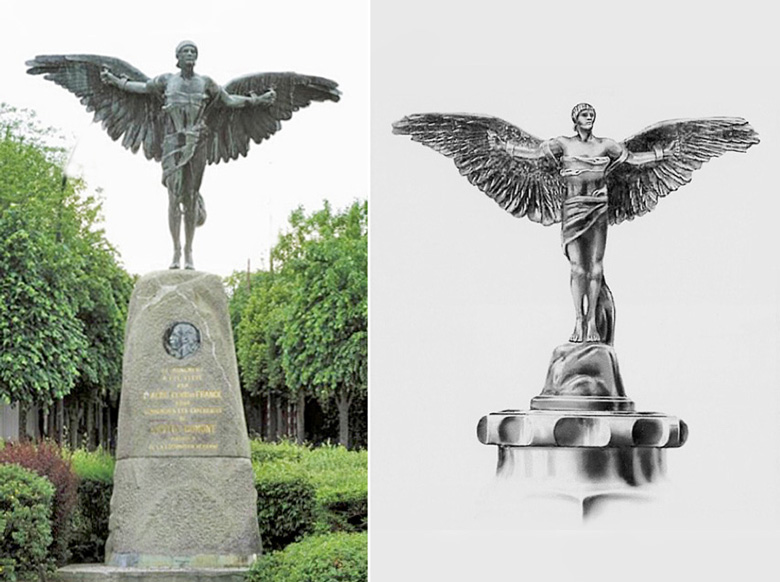
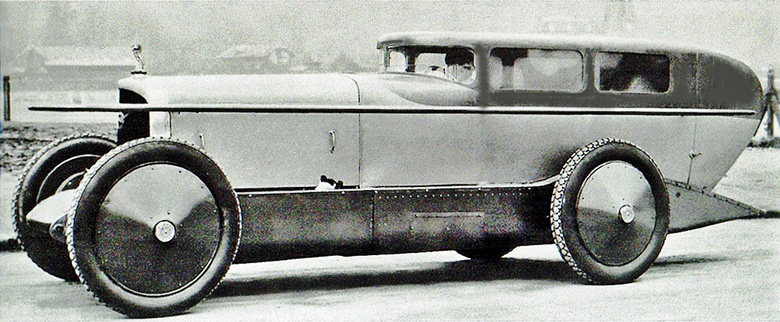
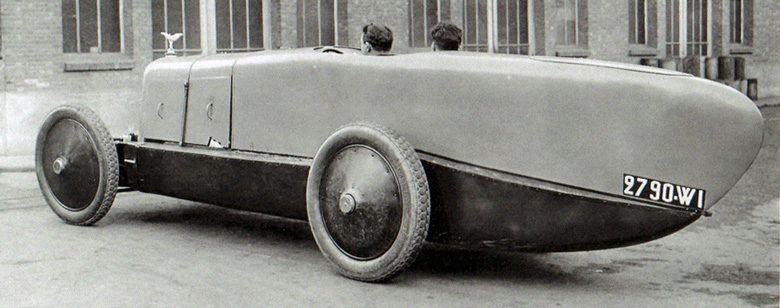
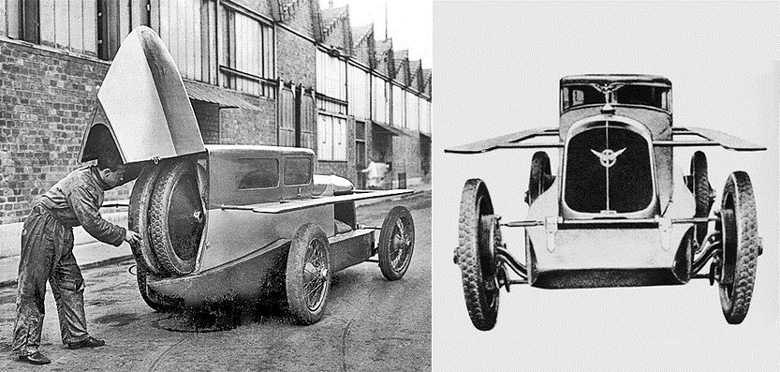
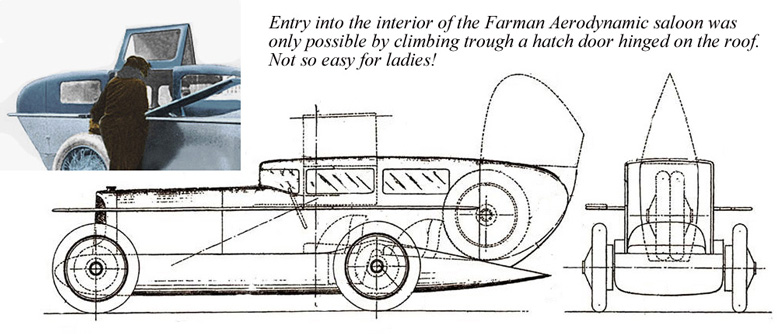
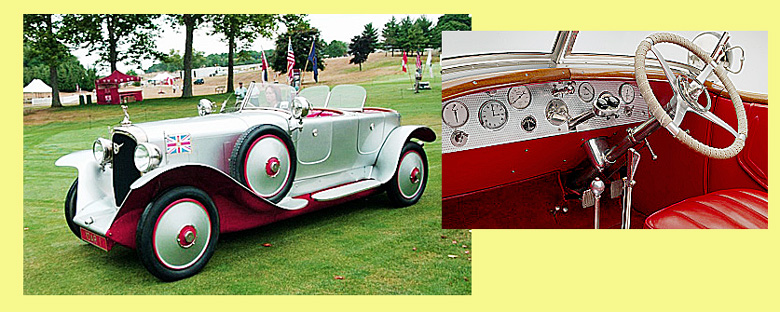


Solid resin models of the aerodynamic cars are available from the website http://www.theessenceofthecar.co.uk
Visit the site and have a look.
The fascinating Farman book may be ordered from Donald E. Toms Booksellers.
Contact Don at don@bugattibooks.com or 941.727.8667 for details.